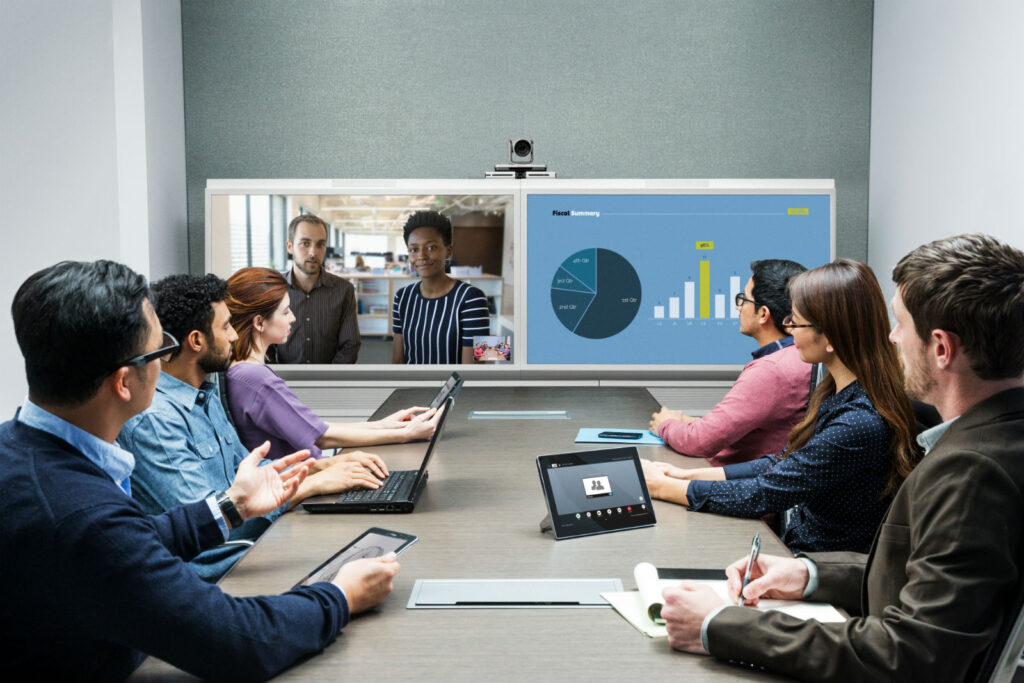One of the most common mistakes marketing professionals make is basing media spend on audience cost; this wastes massive resources (the most expensive media you can buy is a cheap one that doesn’t work) and doesn’t take other factors related to media spending into account.
It’s much more effective to look at sales results i.e. can the media vehicle deliver sales at a lower cost than other options? (Don’t forget about opportunity costs or the cost of foregoing the next best option. There are opportunity costs to everything.)
Media spend should be evaluated in relation to the brand’s broader performance and factors leading to sustained growth (i.e. do we have product/market fit?; does our creative and messaging resonate with our target market?; are we investing in new acquisition channels that can scale? There must also be an understanding that channels are not mutually exclusive.
If you’re able to predict ahead of time potential returns on each of your vehicles based on data and then track, media efficiency can surely be optimized.
So what are some of the best ways to calculate these potential returns? Read on for the answer.
How Do You Calculate Media Efficiency?
Media Efficiency Ratio (MER) = Total Revenue / Total Paid Media Spend
For example, if there is $10,000 in sales and media cost is $1,000, then the Media Efficiency Ratio (MER) is 10.
This equation leaves “vanity metrics” (lots of Facebook likes, anyone?) where they belong and instead calculates the actual success of the media campaign.
Besides, if you base your media spend efficiency on a broader definition such as product/market fit, the other parts like Facebook will come together on their own.
After all, the big picture is the most important picture of all. This doesn’t mean leaving other calculations behind entirely, just having a more strategic and holistic approach.
What is the relationship between Media Efficiency Ratio (MER), CAC & ROAS?
Return On Advertising Spend (ROAS) and Customer Acquisition Cost (CAC) are super common, frequently overused metrics.
Here’s a reminder about how each one is calculated:
ROAS: If a company spends $10,000 on an online advertising campaign that results in $50,000 revenue, the ROAS is $50,000/$10,000, or $5. This means that the company made $5 on every dollar they spent.
CAC: CAC is calculated by taking the dollar amount the company spent on acquiring new customers through marketing divided by the number of customers it was able to acquire.
Since paid channels are not static and tend to be extremely competitive (with CPMs becoming increasingly more expensive), this investment is often not based on sales results.
Instead, vehicles must be analyzed in terms of whether they can deliver higher sales at lower costs than other options.
Facebook’s new data restrictions will mean that ROAS will become an even more elusive figure. Conversely, MER is a much easier way to figure out the overall impact of paid as a partner to channels such as PR, instead of focusing on paid in a vacuum.
Remember, media spend should be evaluated in relation to the brand’s broader performance.
What is the difference between media efficiency and effectiveness?
Media effectiveness is about the end result while media efficiency describes the effort and cost it took to get there. For example, brand growth is an effectiveness KPI. On the other hand, CPA is a media efficiency KPI.
So which should you focus on? The answer is probably both.
Choosing to focus on only media efficiency might make you lose out on successful brand growth by only looking at the numbers (obviously if you spend less you’ll have a high ROI but what does that mean?)
On the other hand, efficiency metrics such as cost per click just don’t tell the whole story: only focusing on what can be measured doesn’t work, with some of the most inefficient companies being the most successful since they are focused on brand growth. They are focused on the outcome, not just on their methods.
The moral of the story? Keep focusing on the big picture.

